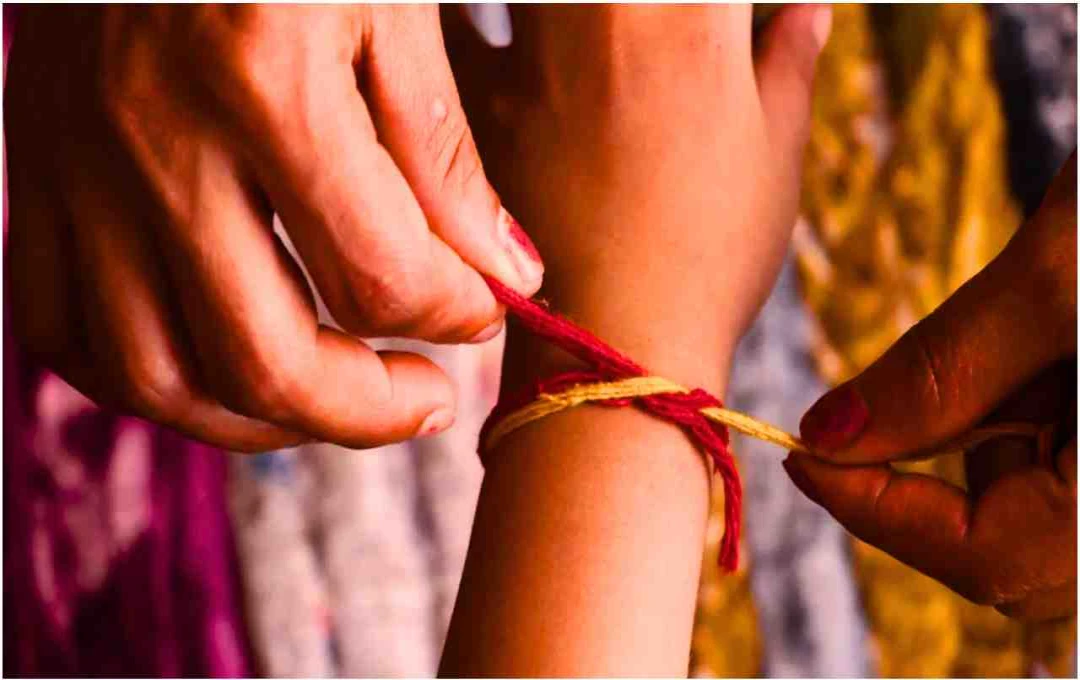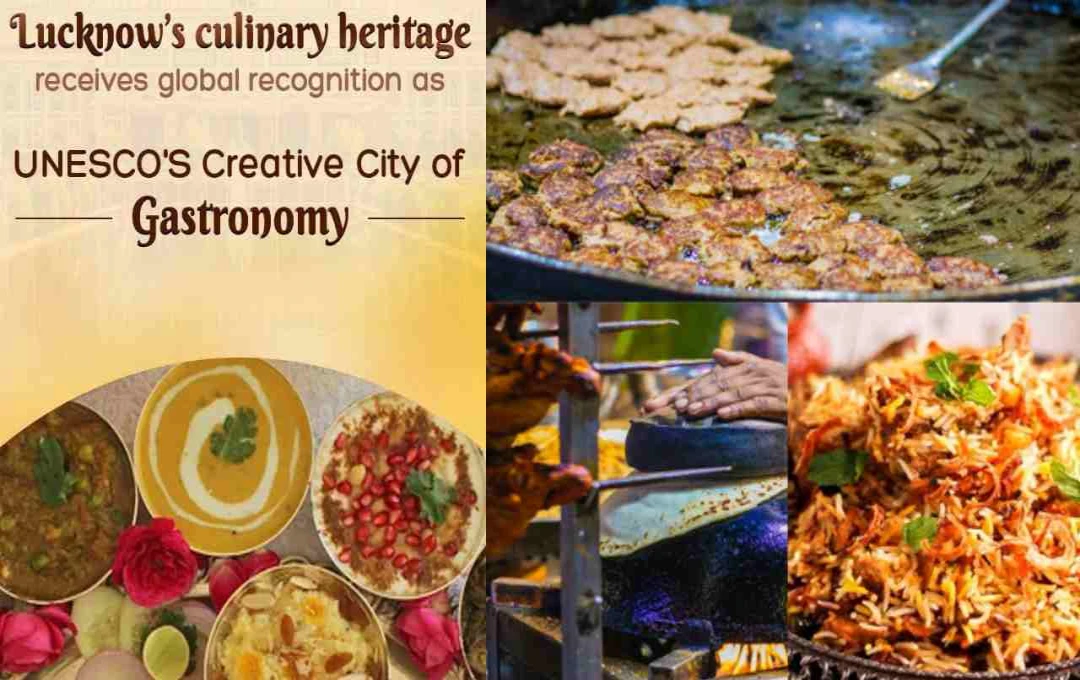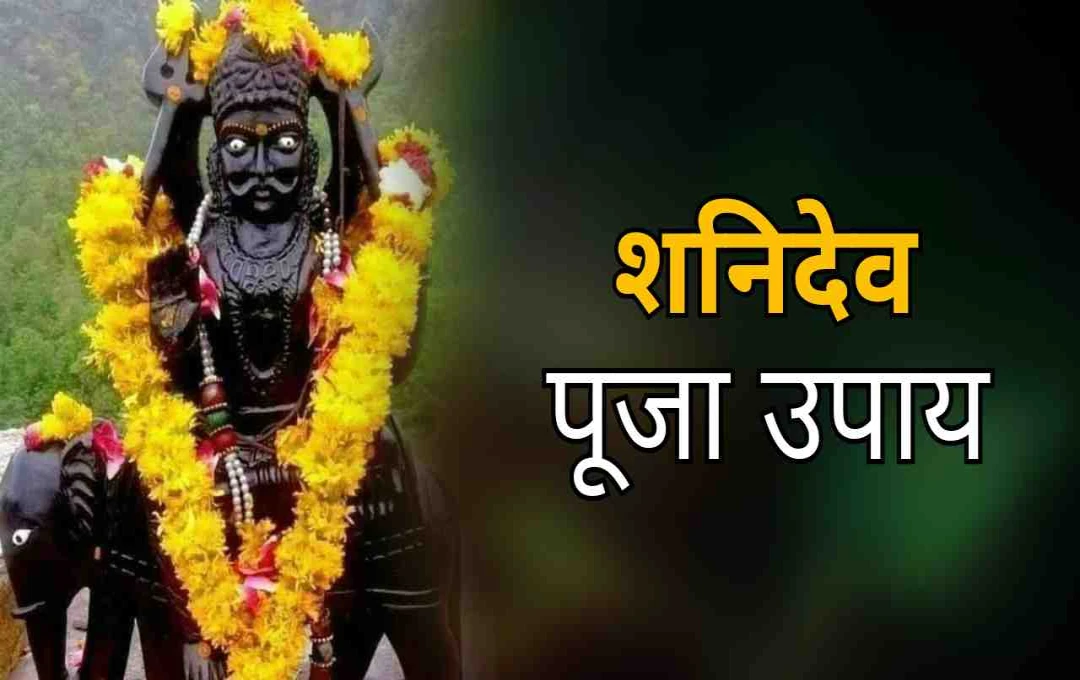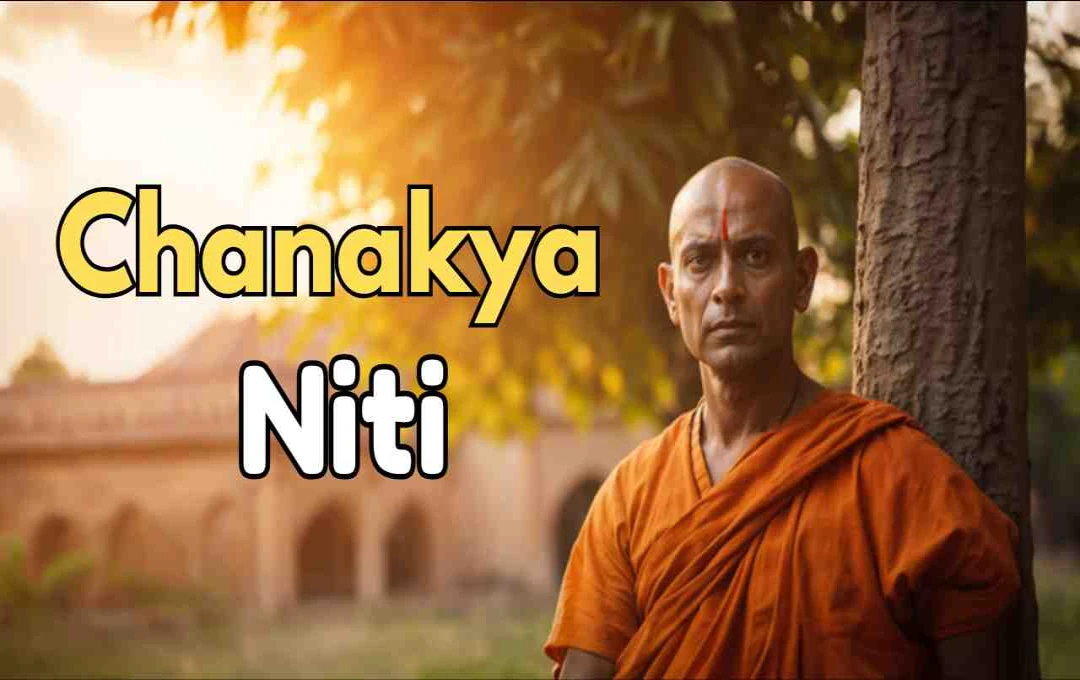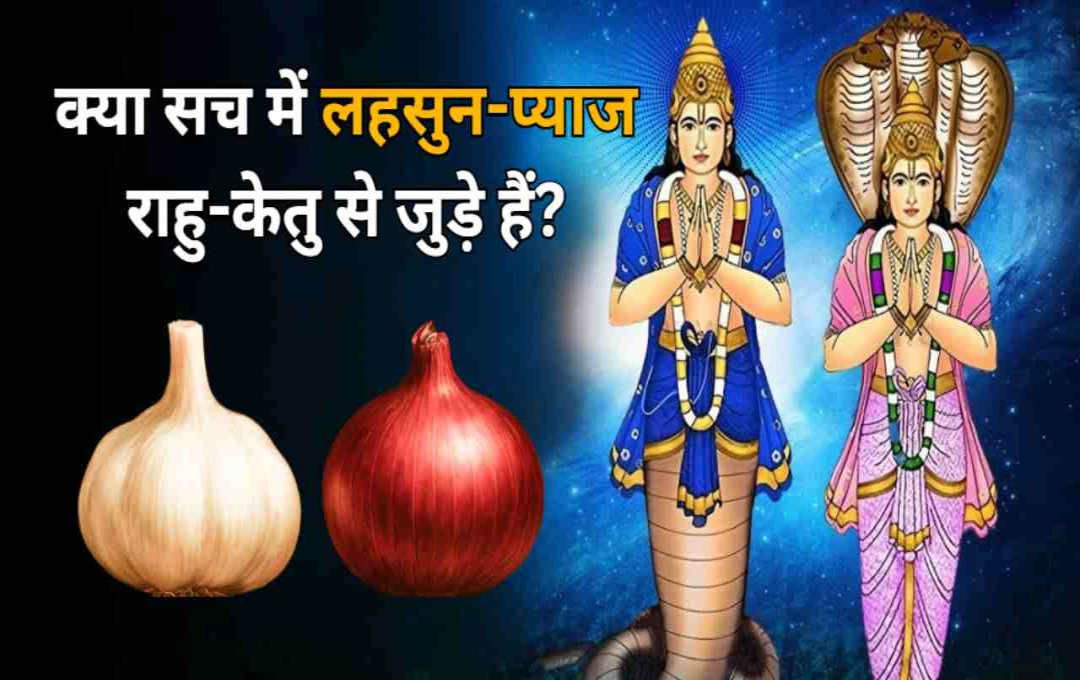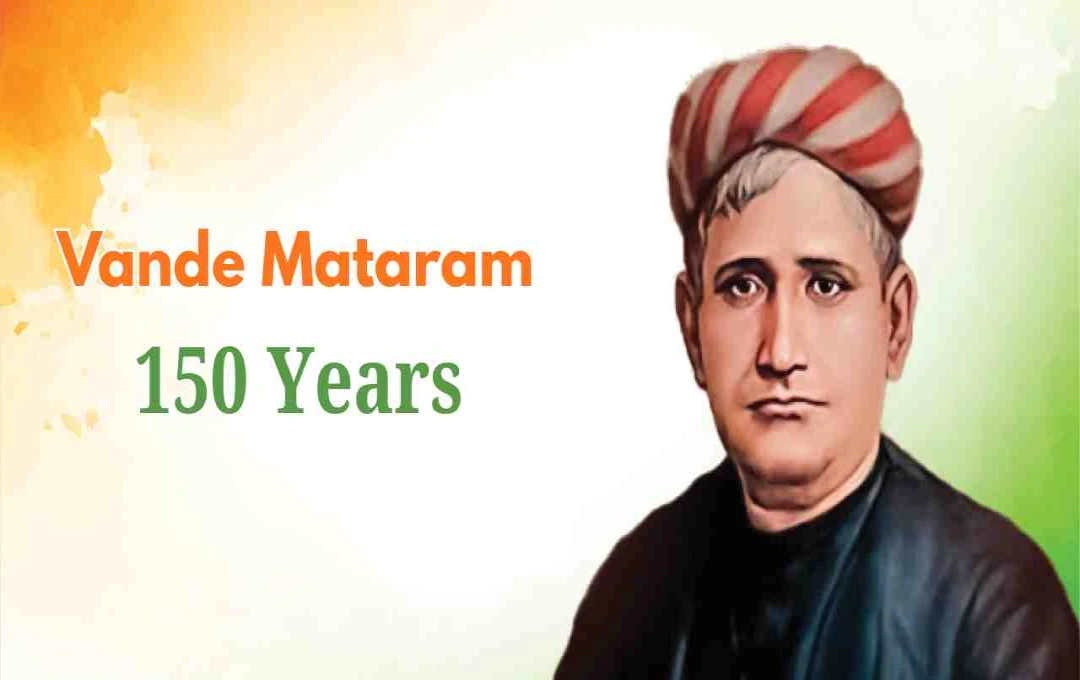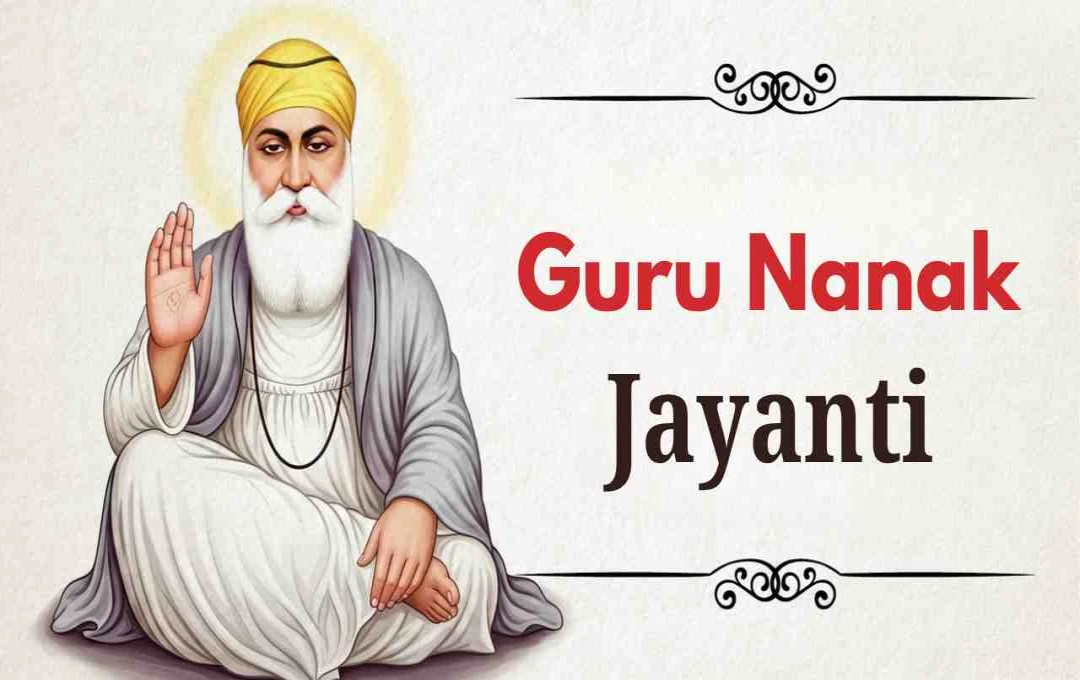In Hinduism, Kalava or Raksha Sutra is a symbol of protection from evil forces and auspiciousness. Its rules are specific for women: it is considered auspicious for unmarried girls to tie it on their right hand and for married women to tie it on their left hand. It is necessary to wrap the Kalava three times to ensure religious and spiritual benefits.
Kalava: In Hinduism, Kalava, also known as Raksha Sutra, is a symbol of protection from evil forces and auspiciousness. This tradition is especially significant for women. It is considered auspicious for unmarried girls to tie Kalava on their right hand and for married women to tie it on their left hand. Under the supervision of temples and priests, wrapping the Kalava three times ensures mental peace, self-confidence, and family happiness. This religious ritual not only provides protection but also enhances positive energy in life.
Significance of Kalava in Hinduism
In Hinduism, Kalava, also known as Raksha Sutra, is considered a symbol of protection from evil forces. It is not only a means of protection but also deeply connected with religious faith and culture. Under the guidance of temples and priests, special mantras are chanted while tying Kalava on the wrist, which increases its spiritual significance. This tradition instills positive energy and a sense of security in people's lives.
Special Rules for Tying Kalava for Girls
The tradition of tying Kalava is associated with specific rules for girls and women. Unmarried girls are considered Brahmacharis (celibates), and thus, there is a tradition for them to tie Kalava on their right hand before marriage. The right hand is associated with action (karma), discipline, and spiritual restraint. This tradition ensures the protection and auspiciousness of girls and enhances their self-confidence, strength, and energy in life.
After marriage, women enter the form of 'Ardhangini' (better half), and their left side is considered their half. Therefore, tying Kalava on the left hand after marriage is considered auspicious. According to astrological beliefs, this tradition helps maintain gentleness, balance, and family happiness and prosperity in marital life.
Power of the Right and Left Hand
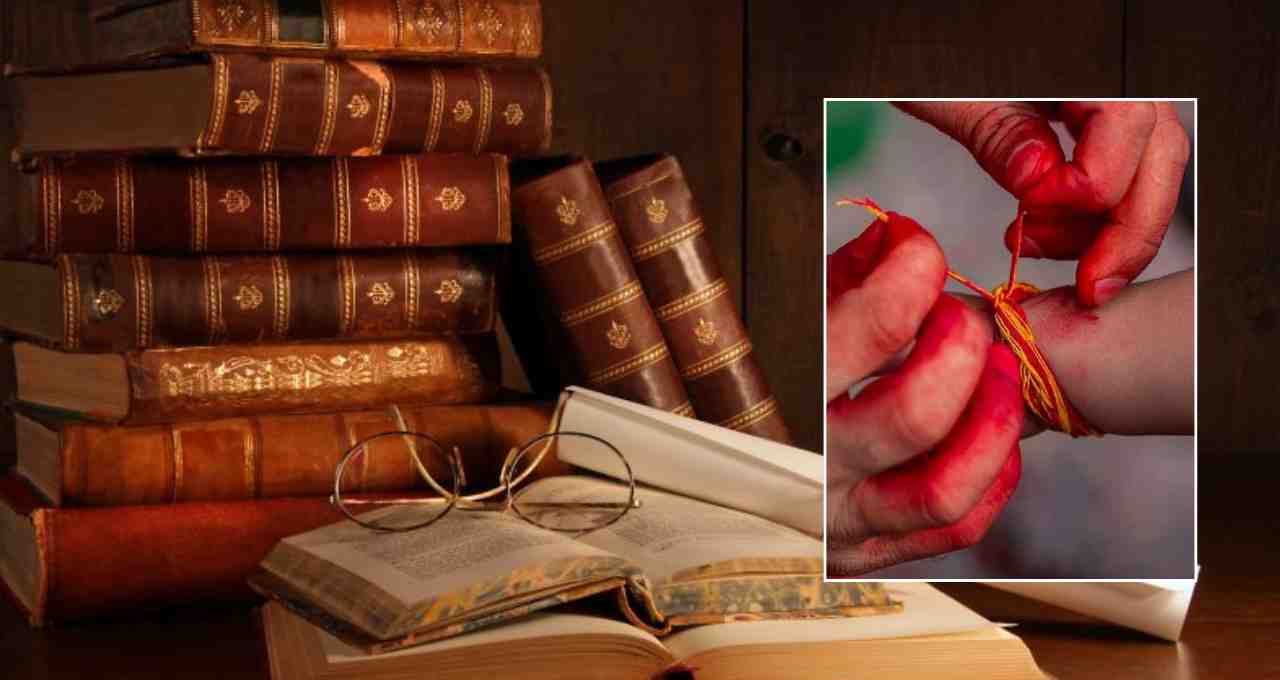
According to the scriptures, the right hand is associated with the Surya Nadi or Pingala Nadi. Tying Kalava on the right hand increases the strength, energy, and self-confidence of Brahmachari men and women. On the other hand, the left hand is connected with the Chandra Nadi or Ida Nadi. The tradition of tying Kalava on the left hand for women after marriage helps enhance marital life and family harmony.
How Many Times Should Kalava Be Wrapped?
According to Hindu tradition, wrapping Kalava three times around the wrist is considered auspicious. This symbolizes the three natures: Vata, Pitta, and Kapha. Additionally, it represents the Trimurti: Brahma, Vishnu, and Mahesh. Furthermore, it is also considered a symbol of the three debts (Tri-Rin): Deva Rin (debt to gods), Rishi Rin (debt to sages), and Pitru Rin (debt to ancestors). Therefore, Kalava should always be wrapped three times to ensure spiritual and religious benefits.
Method of Tying Kalava
Tying Kalava under the supervision of deities and priests is considered auspicious. In the courtyard of the house, a chowk (sacred square) is prepared, and the footprints of Lord Vishnu are drawn. Pictures are made with ochre in a mortar. Fruits, sweets, and water chestnuts (Singhare) are offered on it. At night, along with the worship of Tulsi Mata and Lord Vishnu, a ceremonial marriage of Tulsi and Shaligram is performed. Doing so leads to a happy and prosperous marital life.
Kalava for Women and Psychological Benefits
Kalava not only holds religious significance but also has psychological and spiritual effects. Tying Kalava on the right hand enhances discipline and self-confidence, while tying it on the left hand ensures mental peace, balance, and family harmony. This tradition provides women with a sense of security and auspiciousness throughout various stages of their lives.
